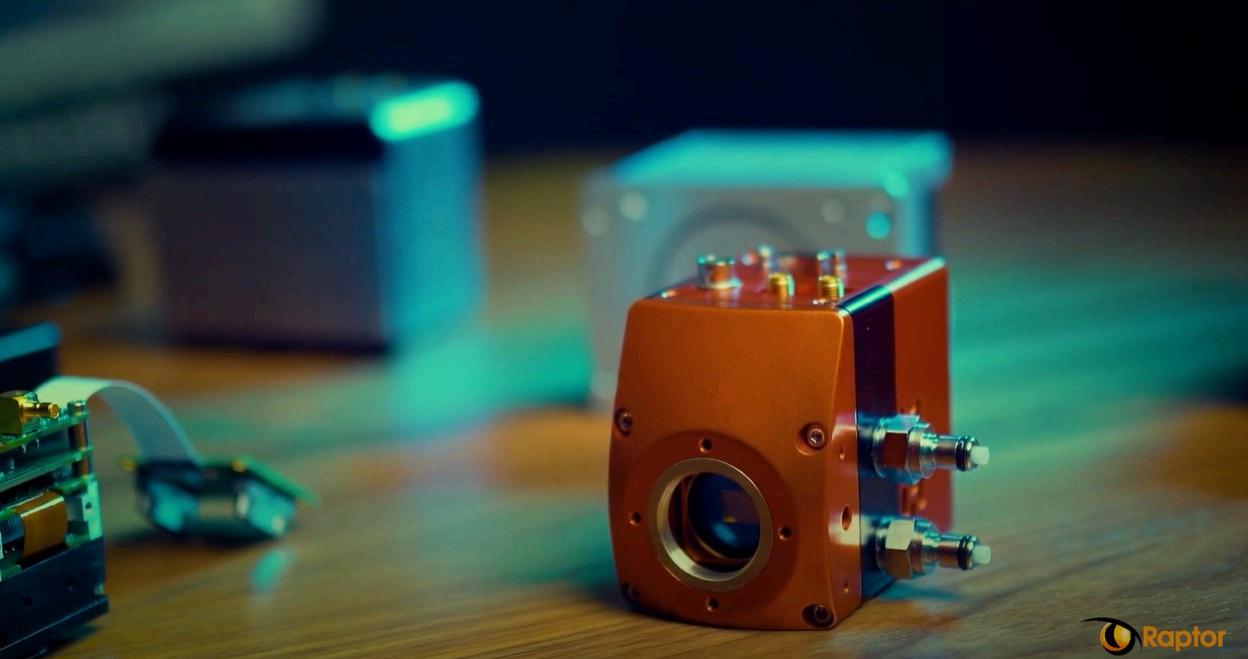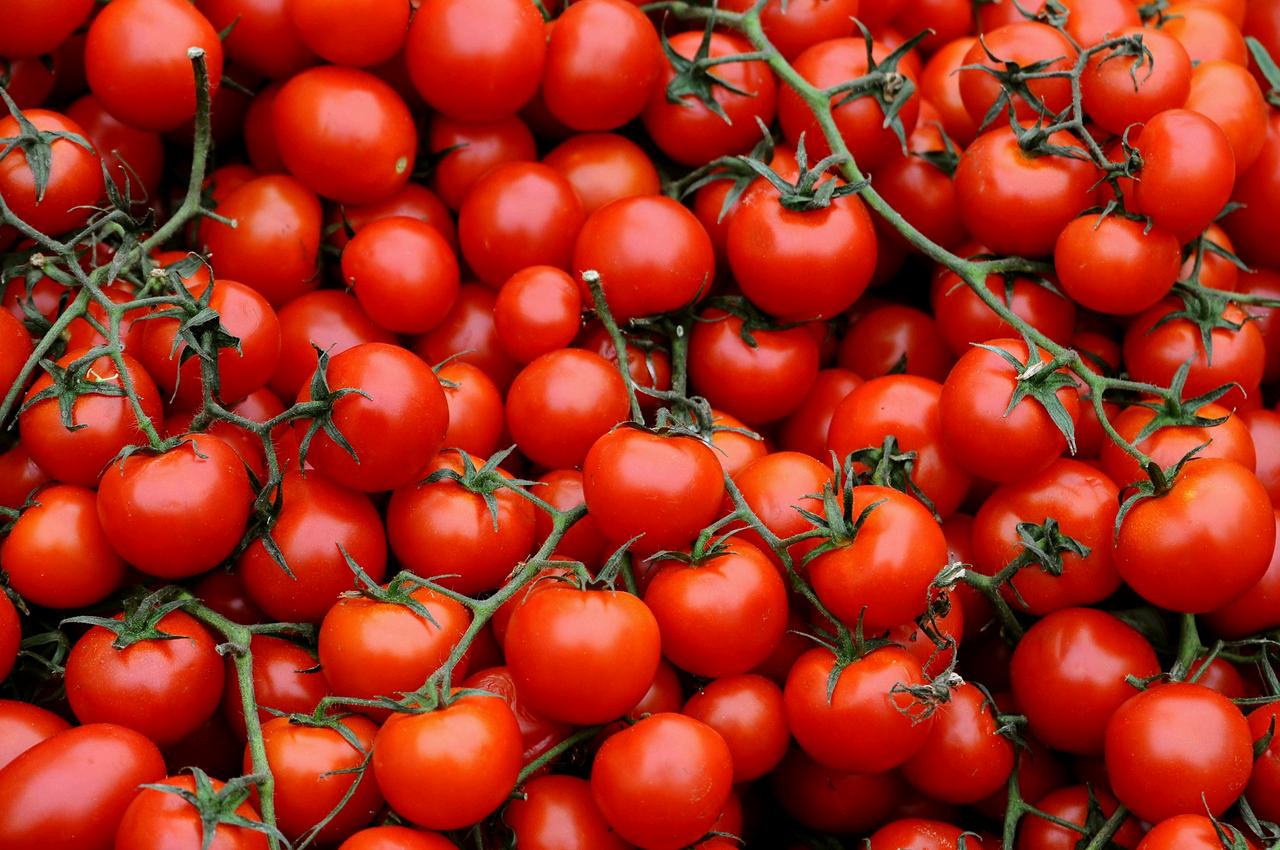
6 minute read
QDUKI Imaging Cameras Magazine Ed. 2
Harnessing Hyperspectral Imaging: A Pivotal Player in the Global Fight Against Food Waste
Food waste is a global challenge that demands immediate attention. Shockingly, approximately one-third of all food produced for human consumption is wasted annually, according to the United Nations.
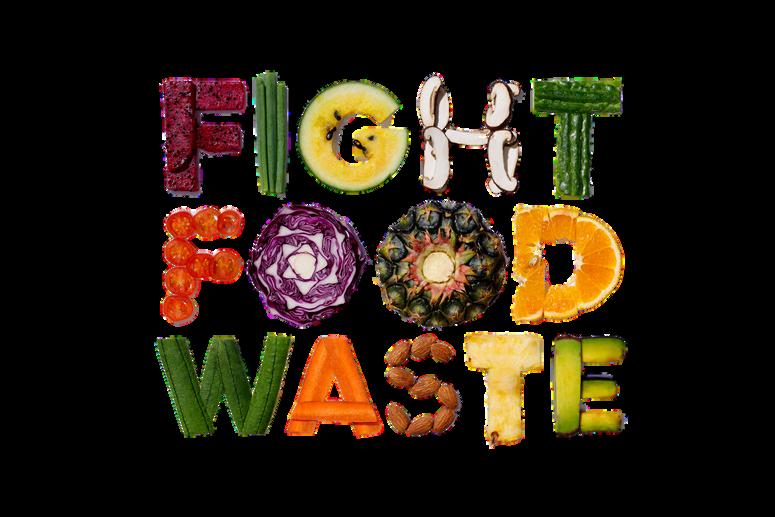
This staggering waste represents a colossal economic loss and carries severe environmental and social consequences. In the ongoing battle against food waste, technology has emerged as a potent ally, and one of its most promising champions is hyperspectral imaging.
Revealing the Invisible
Hyperspectral imaging takes us beyond the limits of human perception It grants us access to the unseen, unveiling the molecular composition of food. This innovative technology collects data across the electromagnetic spectrum, exposing hidden intricacies that remain invisible to the naked eye.
At its core, hyperspectral imaging allows us to capture and analyse the unique spectral signatures of various materials This ability is particularly useful in the agricultural sector, where it can help identify and sort fruits and vegetables based on their ripeness, quality, and potential for spoilage.
By doing so, farmers and distributors can make more informed decisions on managing their produce and reducing unnecessary waste.
Early Spoilage Detection
One of the standout advantages of hyperspectral imaging is its capacity to spot spoilage at its earliest stages. It can discern minute alterations in the spectral signatures of food items, allowing for the identification of spoilage or contamination before visible signs manifest. This early detection is instrumental in averting the distribution and consumption of unsafe or substandard food products.
A Catalyst for Research and Innovation
Hyperspectral imaging continues beyond waste reduction. It catalyses ongoing research, driving innovation and offering new perspectives on tackling the global challenge of food waste
In conclusion, hyperspectral imaging is a powerful weapon in the crusade against food waste. Its ability to elevate food quality, avert spoilage, and enhance the efficiency of the food supply chain positions it as a transformative force in the pursuit of a more sustainable and waste free future.
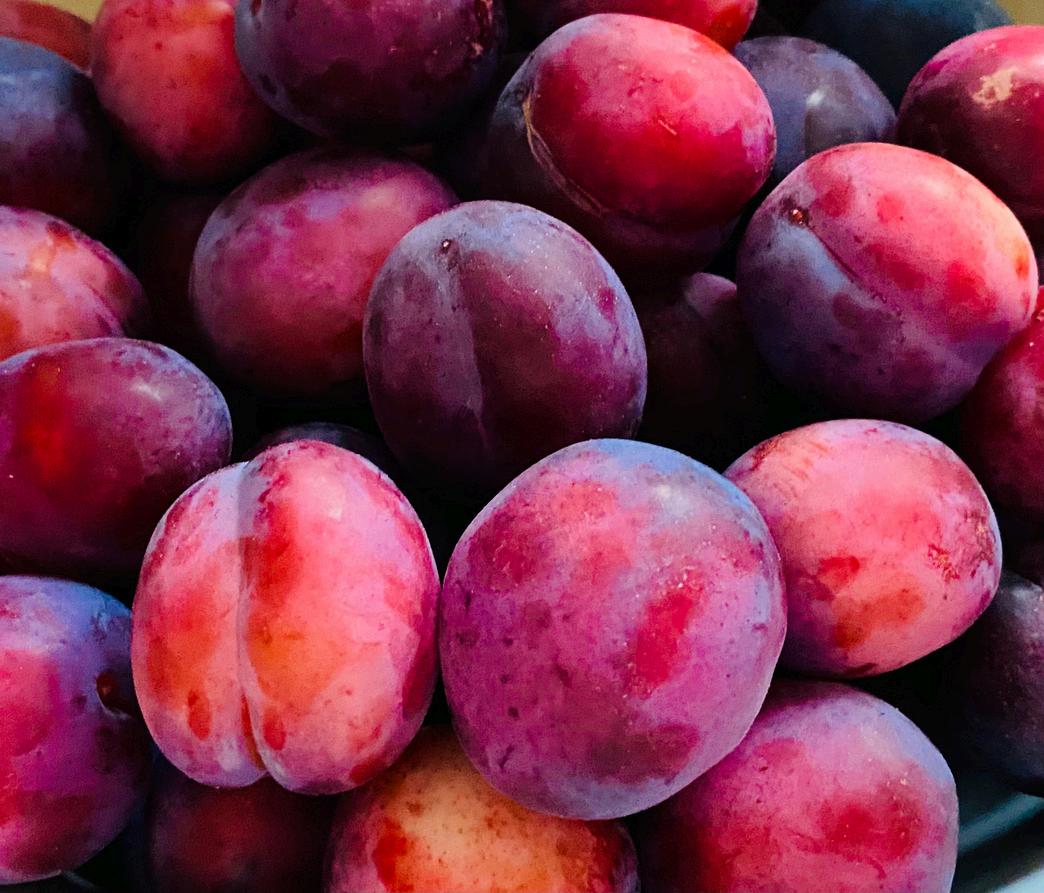
MEASURING THE AGEING OF PLUMS AND TOMATOES WITH SPECIM FX10
HYPERSPECTRAL CAMERA
Food ageing is an important parameter to be quantified when evaluating freshness.
In this study, we used the Specim FX10 hyperspectral camera and a lab scanner to inspect plums and tomatoes for 20 days to assess the aging process.
The Specim FX10 is a visible-near infrared (VNIR) camera that covers the spectral range from 400 to 1000 nanometers. The first part of the analysis focuses on the spectral features of the samples over time. Then, a regression model of tomatoes’ and plums’ ageing is presented.
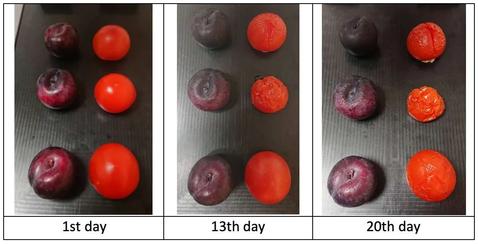
Photos of the samples were taken, along with the hyperspectral data. The pictures show that the freshness of the plums, especially the tomatoes, degraded firmly over time (Fig. 1). A small cut was made in the middle of one tomato and plum. It seemed to have a substantial impact on accelerating the ageing of the tomato but not on the plum.
Spectral reflectance reveal chemical changes
A rectangular selection was made on each plum and tomato each day when the spectral measurements were made (1st, 2nd, 3rd, 6th, 9th, 13th, 14th, 16th, 17th, and 20th day). Only the spectra obtained on the 1st, 13th, and 20th day are presented in Figure 1 to ease the reading of the results. Spectra are averaged over the selection.
The spectral differences are more significant for the tomatoes than for the plums. This is already visible in the photos taken on the 1st, 13th, and 20th days (Fig 1).
The spectra reveal chemical changes which happen over time within the fruits and vegetables. Plums and tomatoes are green at early growing stages due to the chlorophyll they contain. But when ripening, the chlorophyll breaks down into another chemical. For tomatoes, chlorophyll breaks down into lycopene, which explains the red colour. This chemical change explains the spectral variation of the plums and tomatoes over time between 550 and 750 nanometers. The ripening process of the fruits and vegetables also affects the moisture level or structure, impacting their spectra at 970 nanometers. Other properties (e.g., sugar content) also change over time, shaping the spectral reflectance.
Regression model to quantify the ageing
A regression model was built to quantify the ageing of the plums and tomatoes (Fig. 2). The imaging day was the actual regression variable.
With the plums, the R2 was 0.81, whereas, for the tomatoes, it was 0.91. Those were computed on other selections than those used to train the model. The regression graph of Actual value vs. Predictions is presented in Fig. 3.
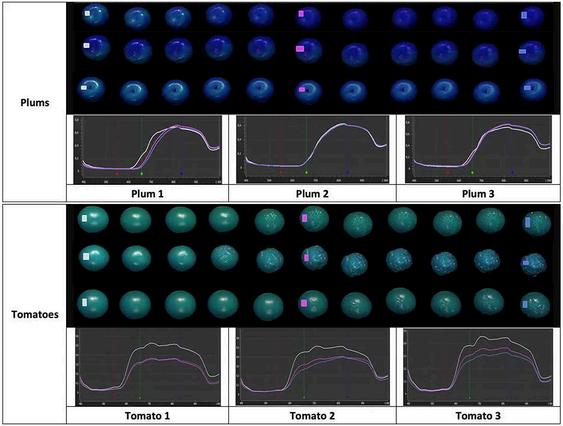
For the plums, the model was based on the reduced spectral range from 588 to 976 nanometers. For the tomatoes, the model was based on the spectral bands between 445 and 993 nanometers.
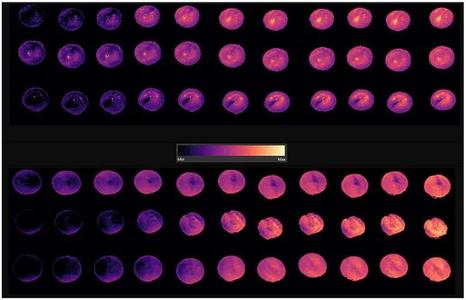
Conclusion
The Specim FX10 camera is suitable for measuring fruits and vegetables’ ripeness and ageing as it is sensitive to traits related to freshness for agri-food products. When building a typical regression model, laboratory measurements should be used as a reference value to develop and validate the model. However, those are not needed for accessing fruits and vegetables’ ageing.
Hyperspectral cameras operating in visible-near infrared (VNIR) provide an efficient tool for monitoring the product quality of fresh food products. Hyperspectral imaging is an especially suitable method for food grading, sorting, and classification compared to conventional point based methods due to its non-destructive nature.
-----------------------
To discuss your application, get in touch with our Technical Sales Manager, Dr. Luke Nicholls by email (luke@qd-uki.co.uk) or call (01372) 378822.
-----------------------

